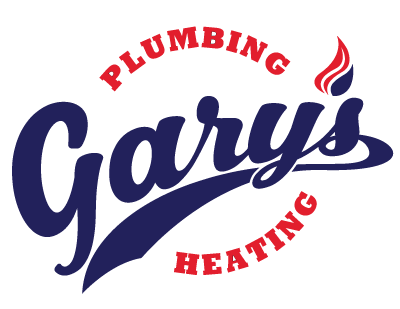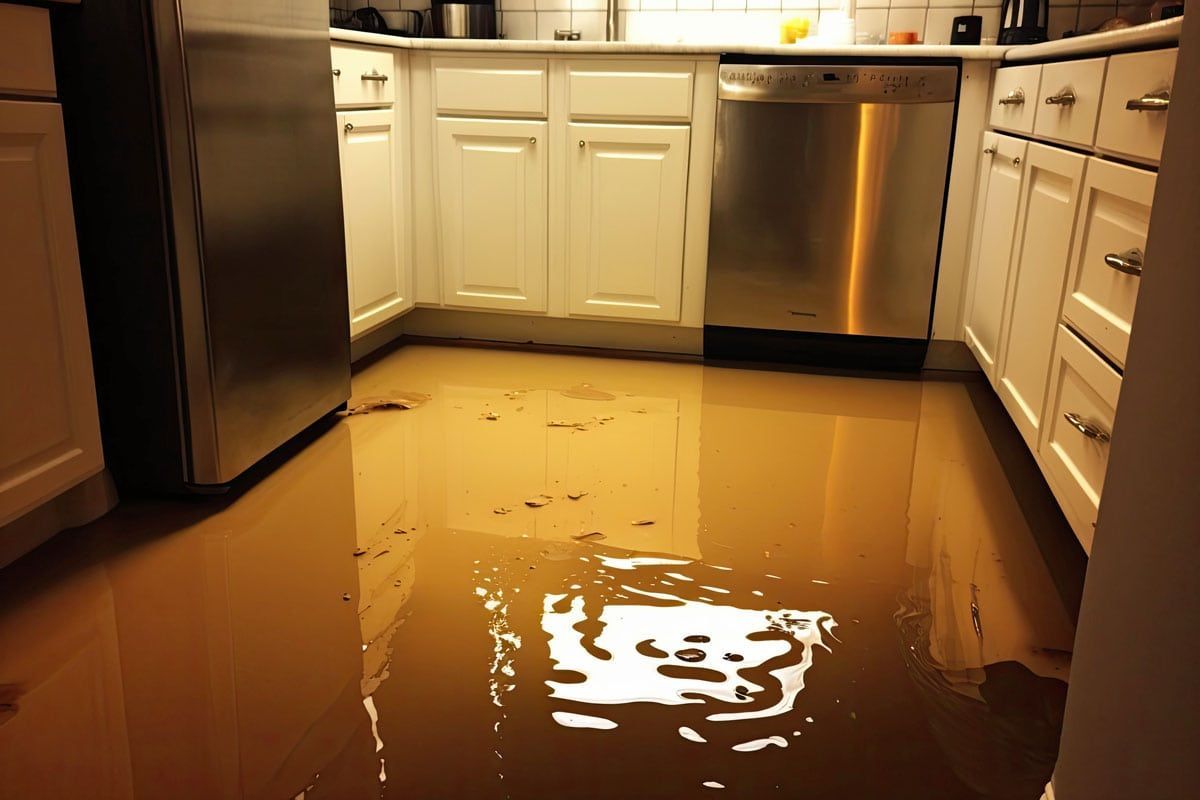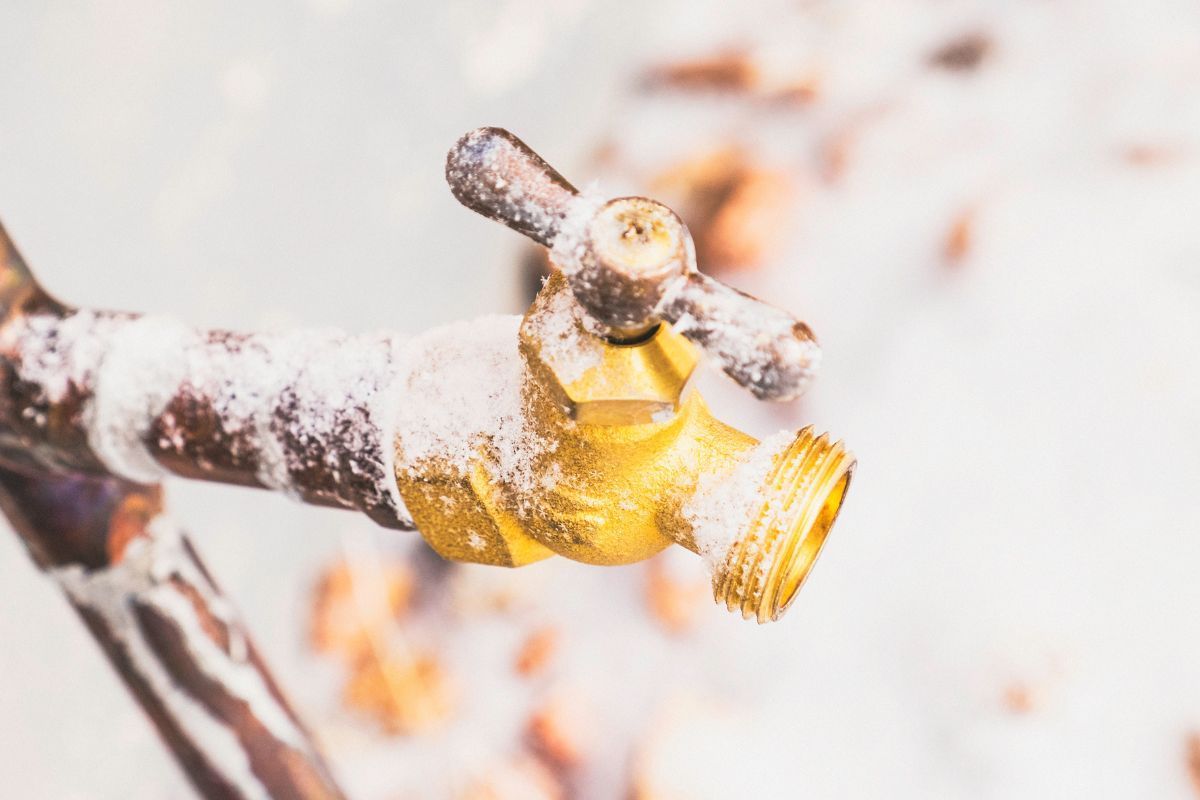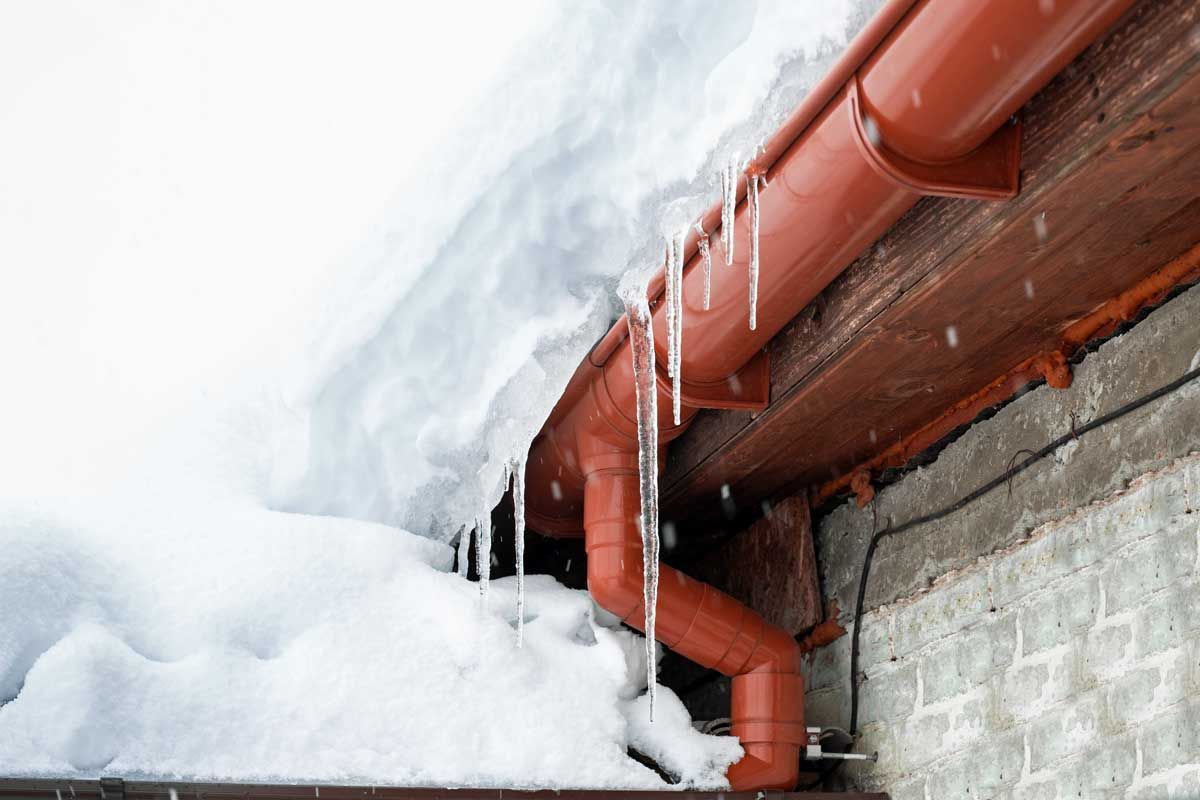Recognizing Signs of Pipe Corrosion After Winter
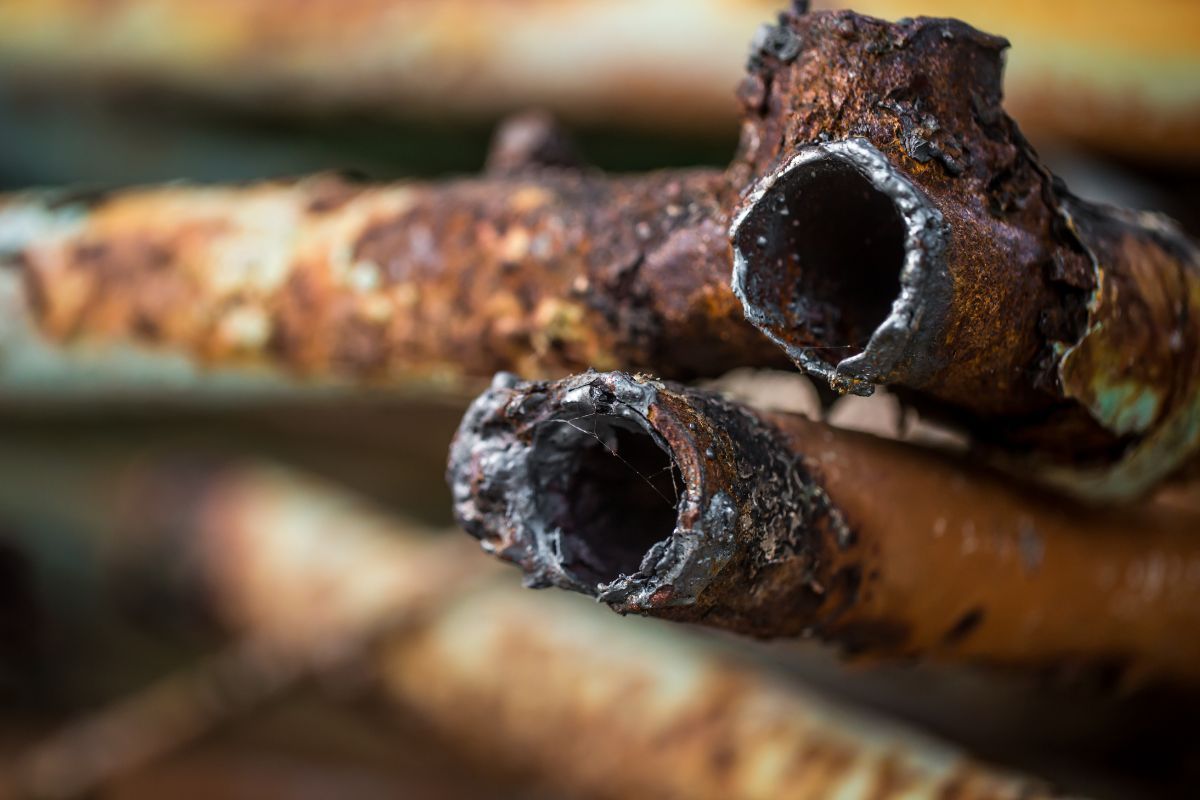
As winter fades and the flowers bloom, homeowners often focus on spring cleaning and home maintenance. However, one frequently overlooked aspect is the condition of your plumbing system. After months of freezing temperatures, now is the time to check for signs of pipe corrosion that may have developed during the cold months. Ignoring these issues can lead to significant water damage and costly repairs. Here’s a guide to help you identify the signs of pipe corrosion and address them promptly.
Understanding Pipe Corrosion
Pipe corrosion is a natural process caused by the chemical reactions between water and the metal pipes in your home. During winter, when temperatures drop, condensation can form, leading to moisture accumulation that accelerates corrosion. When spring arrives, you'll want to be vigilant in spotting potential issues.
Key Signs of Pipe Corrosion
- Discoloration of Water
If you notice rusty, brown, or discolored water coming from your taps, it's a strong indicator of corrosion. This discoloration is often a sign of iron rusting in the pipes. Always run the water for a few moments to check if the discoloration persists, as it could also be a transient issue. - Leaking Pipes
Water leaks can manifest as wet spots on walls, ceilings, or floors. A leaking pipe often means that corrosion has weakened the pipe structure, allowing water to seep through. If you notice any unexplained dampness, investigate further. - Unpleasant Odors
If your water has a metallic taste or unpleasant smell, it may indicate that corroded pipes are leaching substances into your water supply. Plumbing that contains excessive corrosion can introduce harmful contaminants, so it’s crucial to act quickly. - Low Water Pressure
If you experience reduced water pressure, it might be due to mineral buildup or corrosion inside the pipes. As pipes corrode, they can become partially blocked, restricting water flow.
🔹 Check out guidelines on water infrastructure and corrosion from the American Water Works Association (AWWA).
- Visible Rust
Look for signs of rust on exposed piping. If you find any reddish-brown patches or flaking, this is a clear indication of corrosion that needs immediate attention.
Steps to Address Pipe Corrosion
- Conduct Routine Inspections
Regularly inspect your plumbing system, especially in areas prone to freezing temperatures. Check for leaks, discoloration, and general deterioration. - Flush Your System
Flushing your plumbing system can help remove contaminants and restore water flow. Run your taps for several minutes to flush out any rust or sediment that may have accumulated. - Consider Water Quality
Test your water for lead or other heavy metals that could arise from corroded pipes. Addressing water quality may involve installing water filters or purifiers. - Seek Professional Help
If you identify any signs of corrosion, it’s essential to consult a licensed plumber. They can assess the severity of the problem and recommend solutions, which may include repairs or replacements to corroded pipes. - Preventive Measures
Insulating pipes, maintaining proper ventilation, and managing your home’s humidity can reduce the likelihood of future corrosion.
As we welcome spring, take the time to assess your plumbing system for corrosion. By recognizing the signs early and addressing them proactively, you can protect your home from potential water damage and ensure your plumbing operates effectively.
Stay informed, stay proactive, and enjoy a worry-free spring!
You might also like
Book a Service Today
We will get back to you as soon as possible
Please try again later
